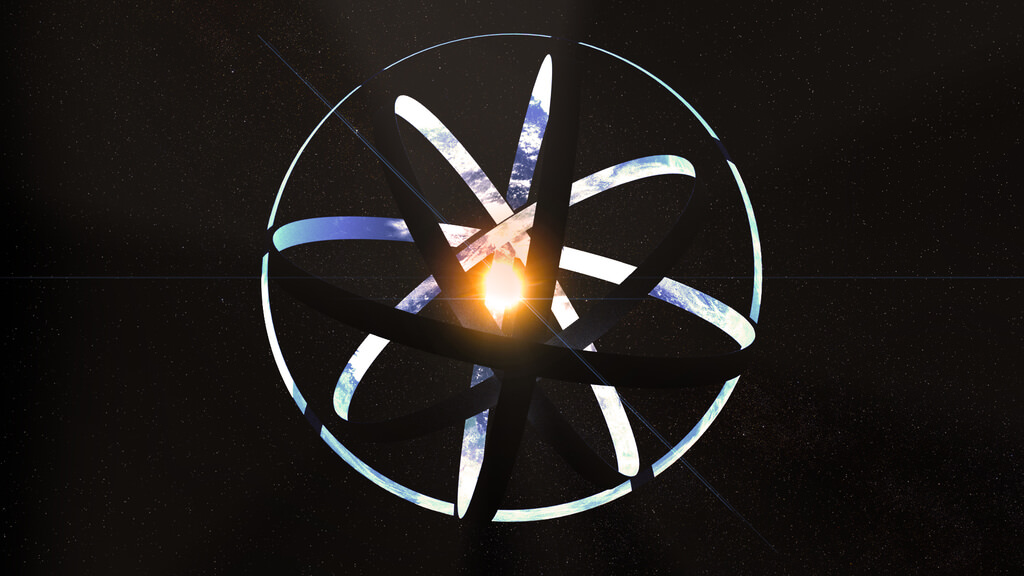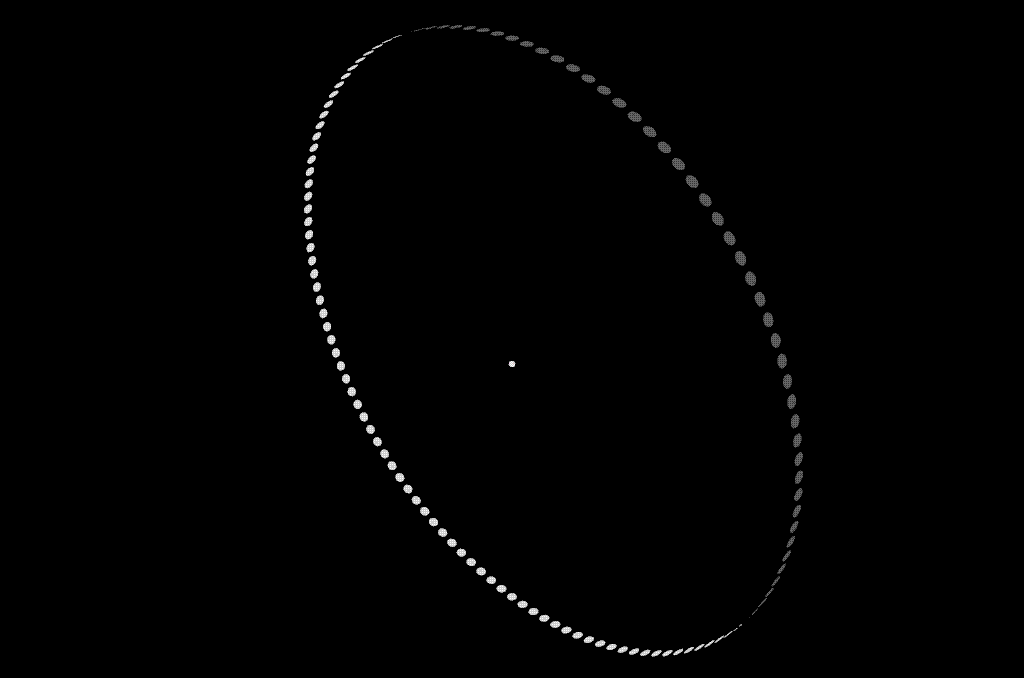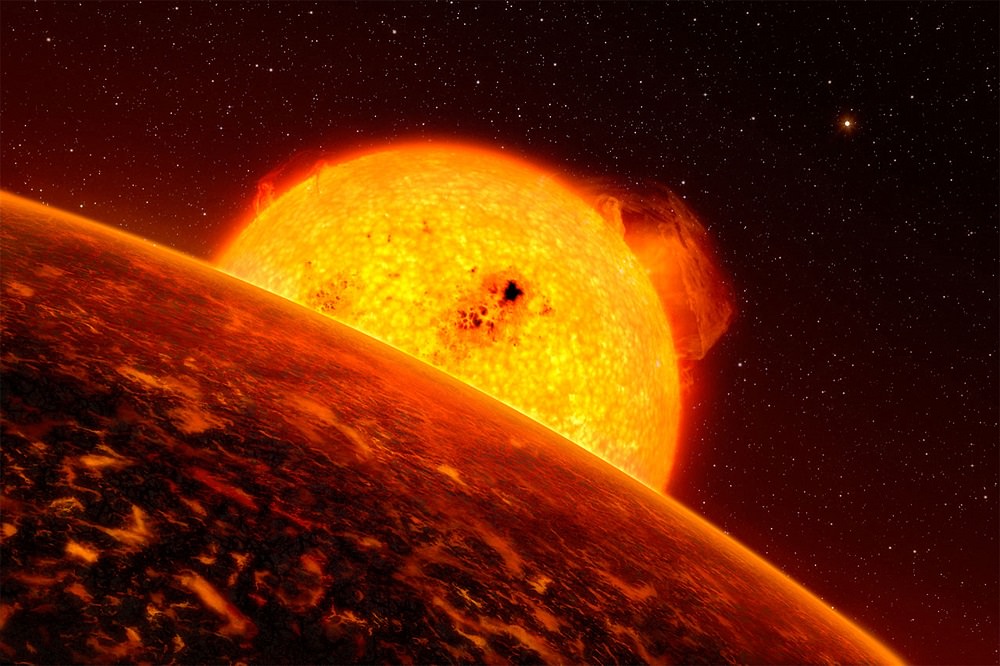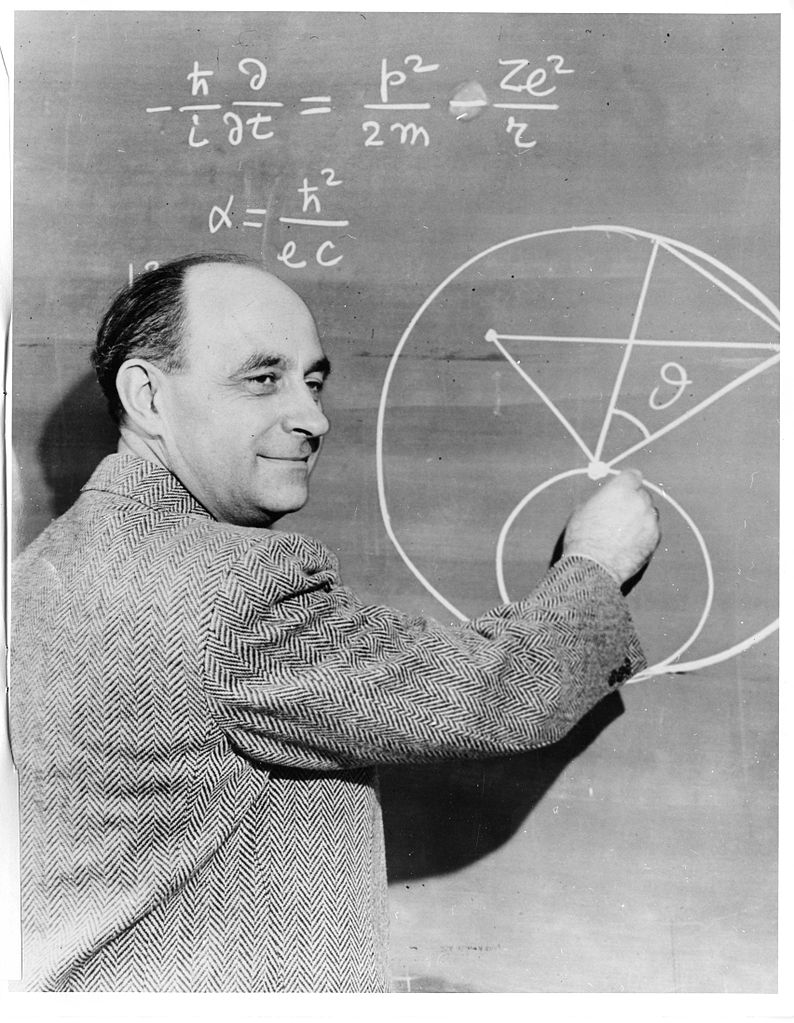When you consider that age of the Universe – 13.8 billion years by our most recent counts – and that which is “observable” to us measures about 93 billion light-years in diameter, you begin to wonder why we haven’t found signs of extra-terrestrial intelligence (ETI) beyond our Solar System. To paraphrase Enrico Fermi, the 20th-century physicists who advanced the famous Fermi Paradox – “where the heck are all the aliens?”
Naturally, Fermi’s Paradox has attracted a lot of theoretical explanations over the years – which include ETI being very rare, humanity being early to the Universe, and the aliens being extinct! But a new study by a team of scientists from the Future of Humanity Institute (FHI) offers a different take on this age-old paradox. According to their study, the key to answering this question is to consider the possibility that the aliens are engaged in “aestivation”.
Continue reading “Maybe the Aliens Aren’t Hiding, they’re Sleeping, Waiting for the Universe to Get Better”









